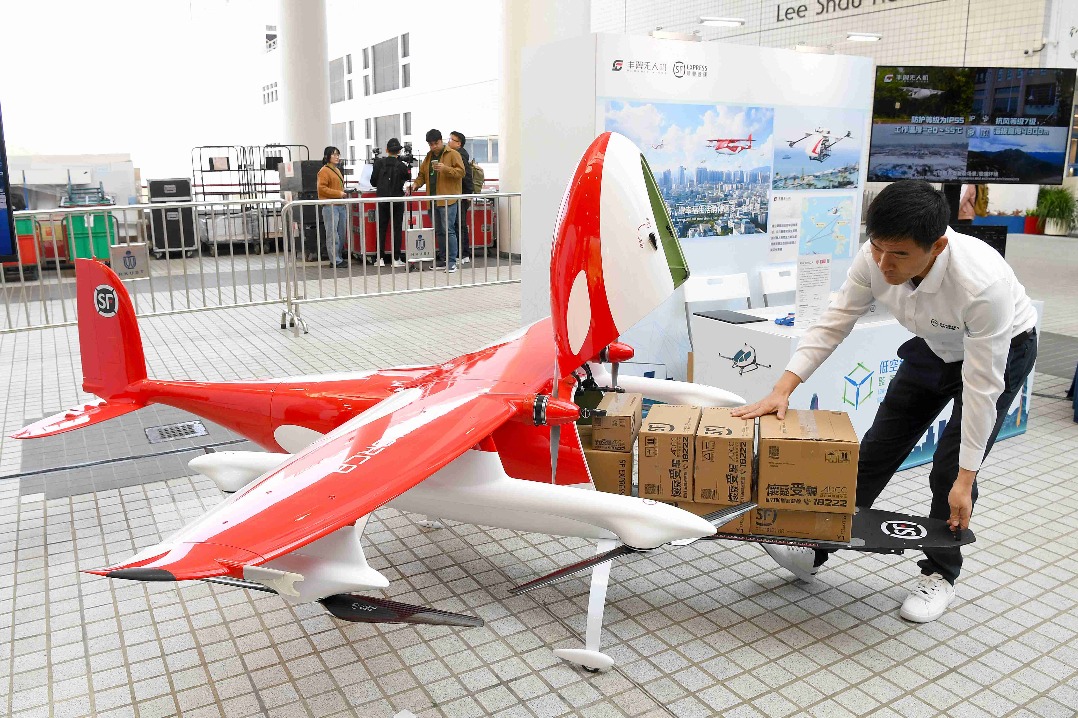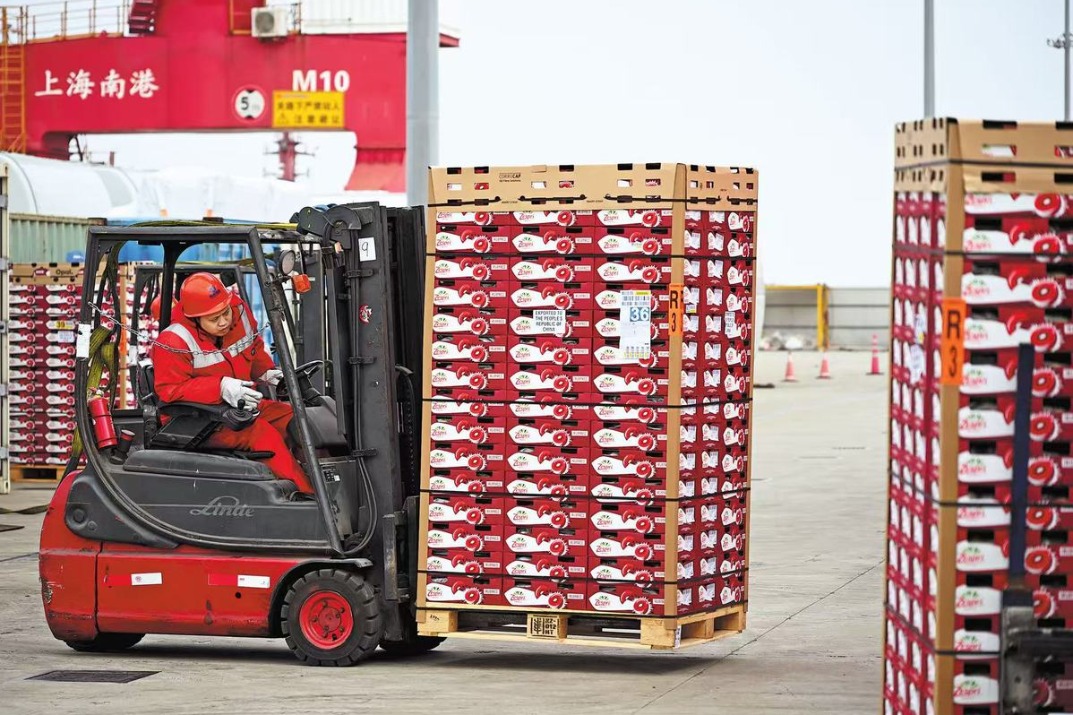China revises PV industry standards
Companies encouraged to focus on innovation, quality, production costs


China's Ministry of Industry and Information Technology has announced revisions to photovoltaic manufacturing industry standards, addressing current challenges like businesses' repetitive expansion of low-level production capacity and falling profitability, to promote the PV industry's healthier development.
Revisions include raising the minimum proportion of investment that must be funded by shareholders' own capital to 30 percent. Previously, the 2021 regulations for the photovoltaic manufacturing industry set a minimum ratio of 30 percent for new and expanded polysilicon projects, and 20 percent for other new and expanded photovoltaic projects.
The MIIT has also raised the efficiency standards for new monocrystalline silicon PV cells and modules, which were 23 percent and 20 percent in the 2021 regulations, respectively. The revised standards specify 23.7 percent and 21.8 percent for P-type cells and modules, as well as 26 percent and 23.1 percent for N-type cells and modules. P-type and N-type are the two major silicon cells and modules at present. Major types of PV cells and modules have evolved from polysilicon to monocrystalline silicon, and to the current P-type and N-type.
The revised standards also address next-generation technologies such as perovskite modules, with conversion efficiency requirements set at a minimum of 14 percent for existing projects and 15.5 percent for new projects.
The ministry said these updates aim to guide local authorities in reasonably planning photovoltaic manufacturing projects based on resource endowments and industrial foundations, while promoting intensive and clustered industrial development.
The revised guidelines encourage photovoltaic companies to focus on technological innovation, product quality improvement and production cost reduction, rather than merely expanding capacity, MIIT said.
In recent years, the PV industry has faced significant internal competition. Industry experts and stakeholders have repeatedly called for stronger macroeconomic policies to promote industrial upgrades, ensuring healthy industry development.
Data from the China Photovoltaic Industry Association revealed that despite a more than 32 percent year-on-year increase in the production of silicon wafers, cells and modules in the first half of 2024, the domestic PV manufacturing output value (excluding inverters) fell by 36.5 percent to approximately 538.6 billion yuan ($74.3 billion). Prices for polysilicon and silicon wafers dropped by over 40 percent, while cell and module prices decreased by over 15 percent.
Such a comparison of rising output and reducing value results from declining prices and indicates weakening capability from businesses to profit, experts said.
On the application side, China installed 102.48 gigawatts of PV stations in the first half of 2024, marking a 30.7 percent year-on-year increase. However, the growth rate slowed, reflecting a contraction in downstream demand. Additionally, major global PV markets such as the United States, Europe, India, Brazil and South Africa have implemented trade barriers, restricting direct exports of Chinese products and challenging the overseas capacity of Chinese enterprises.
Wang Bohua, honorary chairman of the CPIA, said at the association's half-year revision conference that many companies had faced losses due to polysilicon prices falling below cost, continuous declines in module bidding prices, and a significant drop in the number of new projects. Over 20 projects have been announced as terminated or delayed.
"The new regulations would help accelerate the elimination of outdated capacity and support the industry's long-term healthy development," said Lin Boqiang, head of the China Institute for Studies in Energy Policy at Xiamen University.
Wang said there is still significant potential for increasing the penetration rate of PV power generation under COP28's target of tripling renewable capacity by 2030.
"China's PV installations will continue to remain high, raising room of development for manufacturers of PV equipment and upstream materials," he said. "In this context, we should expedite the elimination of outdated capacity and encourage mergers and acquisitions among enterprises. Regulatory bodies should strengthen guidance for the construction of advanced capacity, and companies should be cautious with new investments."
liuyukun@chinadaily.com.cn




































